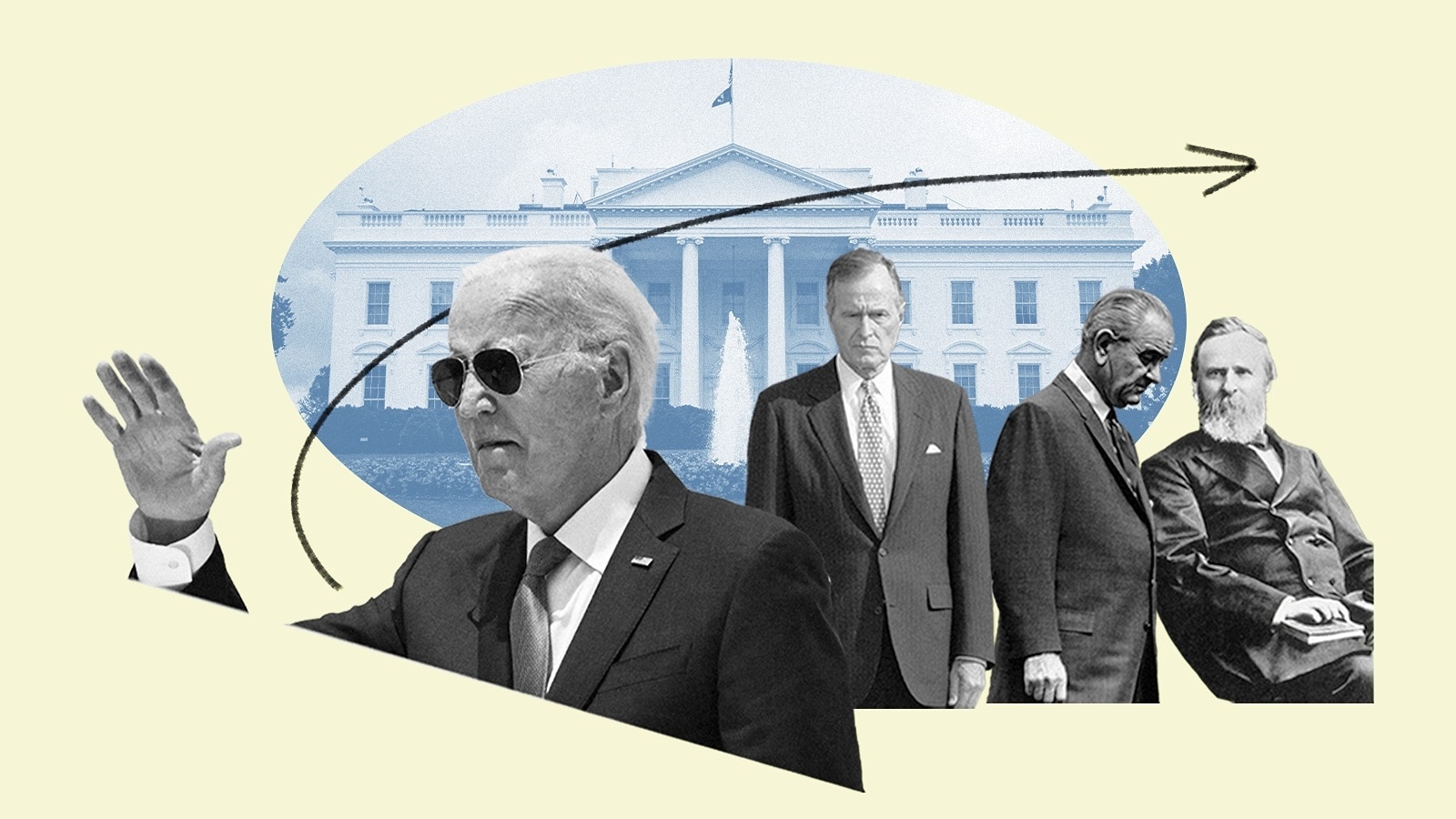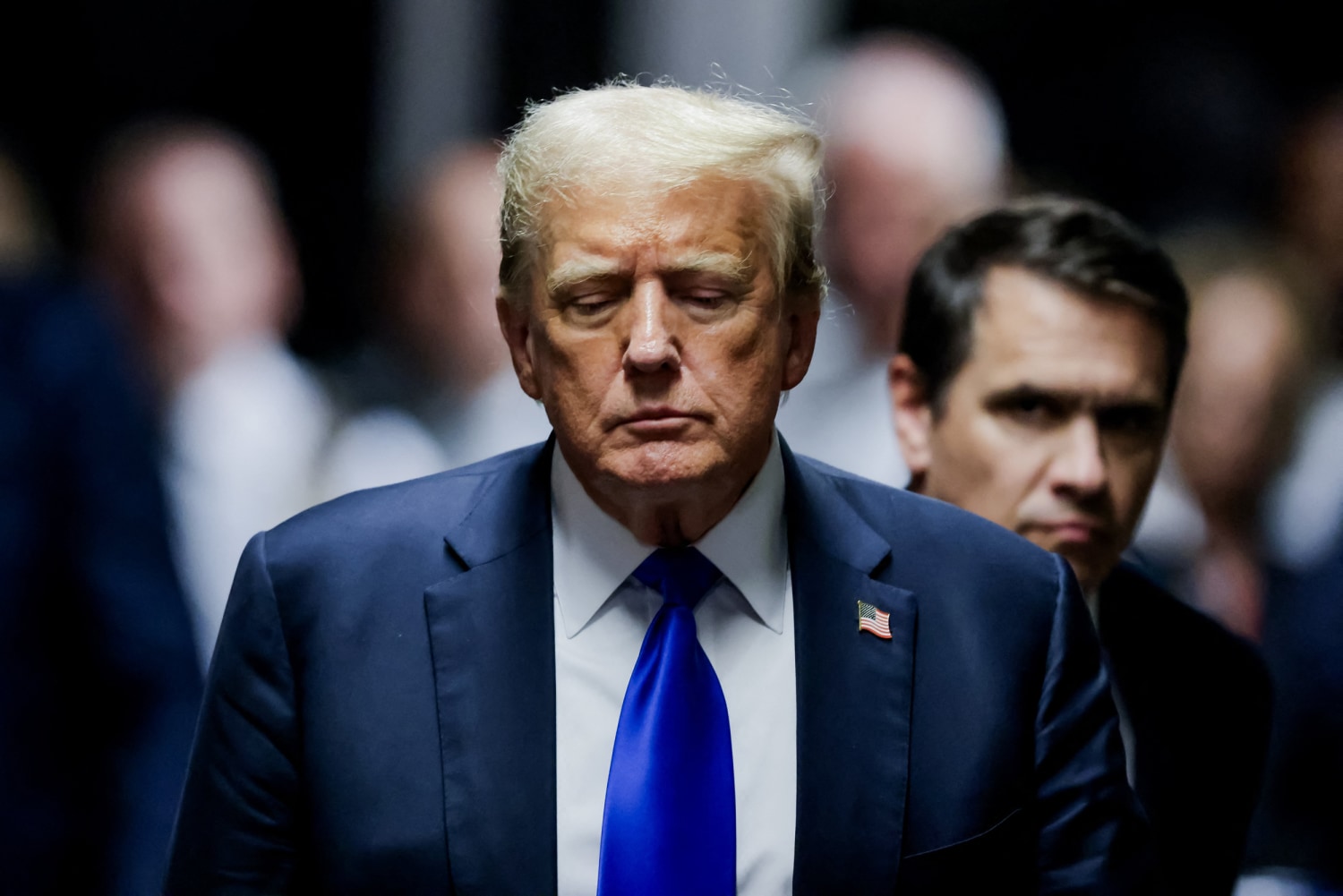If 2024 Has Taught Us Anything…
2024 has been a wild ride in the world of presidential elections. From the first major-party nomination of a former president since the 1890s to the first presumptive nominee to abandon a reelection bid in the modern era, this election cycle has been full of surprises.
But amidst all the chaos, there have also been some striking echoes of the past. Here’s a look at some of the historical parallels that can help us make sense of the current political landscape.
Incumbents Who Didn’t Win or Seek Renomination
President Biden is the 13th president to serve fewer than two terms but not end up as his party’s nominee in the ensuing presidential election. This group includes five presidents who won election to the White House (including Biden) and eight vice presidents who became president due to the death of their predecessor.
Four of the vice presidents-turned-president did win a term in their own right but opted against seeking another four years after that. Biden is the fourth incumbent on this list to abandon some sort of reelection effort, while four others lost renomination at their party conventions, and the remaining five retired rather than run again.
Two recent examples on this list involve incumbents who actively sought a second term before exiting the race following poor performances in early primaries. In 1968, Democratic President Lyndon Johnson had seemingly begun his reelection bid but surprised the country by announcing that he would not accept his party’s nomination following a weak performance as a write-in candidate in the New Hampshire primary.
In 1952, Democratic President Harry Truman similarly announced that he wouldn’t run again after losing the New Hampshire primary, although he received a handful of votes at the convention.
Similar to Johnson and Truman, Biden has faced low ratings for his job performance. However, while those presidents saw their approval ratings rise after their departure from the race, it remains to be seen if Biden will get a similar bump.
The last presidential dropout before Biden actually predates the modern two-party system. Like Johnson and Truman, Vice President John Tyler acceded to the presidency in 1841 after the president’s death, in this case William Henry Harrison.
Tyler had been elected as a Whig, but he was a former Democrat whose views stood sharply at odds with those of his adopted party, which quickly made him persona non grata. To retain any hope of winning the 1844 election without support from either major party, Tyler pressed the issue of annexing Texas to boost a third-party bid.
But James Polk, running as the Democratic nominee, adopted much of Tyler’s platform regarding Texas, which led Tyler to drop out and endorse Polk in August 1844. Polk went on to narrowly defeat Henry Clay, the Whig standard-bearer.
Two of the other vice presidents-turned-president in this table went out more on their own terms, winning and serving four more years but retiring as opposed to seeking another term.
Theodore Roosevelt took office in 1901 following the assassination of Republican President William McKinley. He won a landslide victory in 1904, but said following his win that he wouldn’t run in 1908 — a decision he later came to regret (Roosevelt famously ran again in 1912).
Almost two decades later, Calvin Coolidge took over the White House in 1923 after Republican President Warren Harding’s death and handily won the 1924 election. “Silent Cal” then told the press in 1927, in his famously laconic style, that “I do not choose to run for president” in 1928.
To find another elected president who was serving in their first term but didn’t end up seeking their party’s renomination at a major party convention, we have to go back nearly 150 years to Republican President Rutherford Hayes.
Hayes had made it clear that he would not seek a second term after winning the controversial 1876 election, so he didn’t run in 1880. Prior to that, Democratic President James Buchanan didn’t seek reelection in 1860 in the lead up to the Civil War, and Polk also retired ahead of the 1848 election.
Unlike Biden, Hayes and Polk were both in their 50s at the end of their presidencies, but Buchanan was 69, about tied with Andrew Jackson as the oldest president to leave the office at that time.
The four remaining presidents each lost out on their party’s nomination at the convention after one term or less, indicative of how they struggled to garner and maintain intraparty support to a far worse extent than Biden did.
Vice President Millard Fillmore acceded to the presidency after the death of President Zachary Taylor in 1850, but Fillmore lost out on the 1852 Whig Party nomination after 53 convention ballots.
Democratic President Franklin Pierce easily won the 1852 election, but his actions amid growing sectional strife left him unpopular, so his party chose Buchanan over him at the 1856 convention.
As the Civil War ended, Vice President Andrew Johnson took over after the assassination of Republican President Abraham Lincoln, but he clashed with the GOP-led Congress and went on to lose a bid for the Democratic nomination in 1868.
In 1881, Vice President Chester Arthur succeeded the assassinated Republican President James Garfield, but Arthur fell short of the GOP nomination at the party’s 1884 convention while battling kidney disease.
Biden Wasn’t the First to Face Calls to Step Aside
Biden isn’t the first incumbent president who faced appeals from within his own party to abandon a reelection bid after clinching renomination in a party primary. In 1992, Republican President George H.W. Bush had turned back a primary challenge from his right flank by paleoconservative commentator Pat Buchanan and positioned himself as the GOP’s presumptive nominee.
But amid dissatisfaction with the economy, the mood for change seemed set against Bush. By late July, he’d fallen behind Democratic nominee Bill Clinton by double-digit margins after independent contender Ross Perot dropped out of the race.
That’s when some Republican voices started calling for Bush to step aside and let someone else earn the nomination at the party’s national convention in August. Editorials in notable outlets like The Orange County Register — paper of record in the long-time citadel of California Republicanism — asked Bush to “stand down.”
GOP fundraiser Richard Viguerie, who helped develop direct mail political communication, went on CNN to call for Bush to “follow the example” of Truman and Johnson, which Viguerie said would “preserve his place in history” and “do his party and his country a great service.” (We heard similar statements from elected Democrats about Biden.)
Beyond this, Vice President Dan Quayle also attracted similar calls, as his low approval prompted many Republicans to see him as a liability to the ticket: A former Florida state GOP chair even took out a full-page ad in The Washington Post that urged Quayle to quit the race.
The coverage of these pleas was significant enough to force a response. Although Bush ignored questions while out on the campaign trail, his campaign and allies pushed back on the idea that Bush would even consider stepping aside.
No members of Congress publicly called on Bush to leave the race — a major contrast to Biden — but New York Rep. Bill Green did tell reporters just two weeks before the GOP convention that Bush should replace Quayle with someone like Colin Powell, chairman of the Joint Chiefs of Staff (and later President George W. Bush’s secretary of state).
Unlike this year’s push for Biden to leave the race, though, a concerted campaign to encourage Bush to drop out never took off, in part because pressure came predominantly from the party’s right, which had never liked Bush much to begin with. That November, Bush ended up losing to Clinton, albeit by around 6 percentage points nationally instead of the double-digit poll margins released during the summer (in part because Perot reentered the race in the fall).
The Party Decides? The Will of the Voters? Or Both?
With Biden’s departure, Democrats are set to nominate a candidate who wasn’t on the ballot in the presidential primary — a move by the party that some perceive as at odds with popular democracy. And not only did party leaders play a part in pushing Biden out, but they also quickly coalesced around Vice President Kamala Harris as the party’s likely successor.
There were likely few “smoke-filled rooms” this time around, given the public nature of Democrats’ efforts to compel Biden’s departure, and the relatively straightforward move to replace him with the sitting vice president. But American politics has a long history of party leaders putting their thumb on the scale to get their preferred choice



